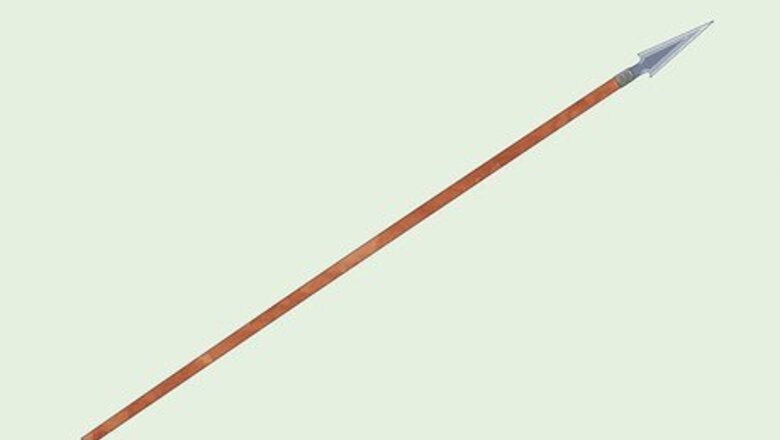
views
Handling the Spear
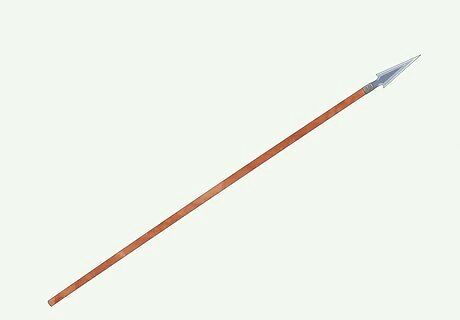
Purchase a spear. You can still find spears available in certain stores. It might be easier to look online for a throwing spear, but some sporting stores with hunting equipment sometimes carry spears. Examine your throwing spear for safety. If the spearhead is loose, the shaft is damaged, or other problems you shouldn’t use or buy the spear. Be sure your spear is a throwing spear. There are many different types of spears. Spears designed for throwing are usually lightweight and have a slim profile.
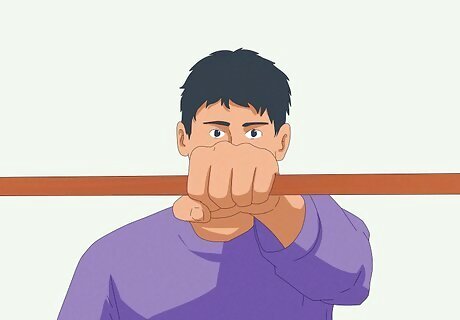
Find the spear's balance point. The balance point is found usually 2/3rds of the way towards the point. Place the middle of the spear in the palm of your hand. Move it until you find the balance point. You will reach the balance point when the spear does not waver and is balanced without gripping the spear. Mark the balancing point with a marker for an easy reminder.
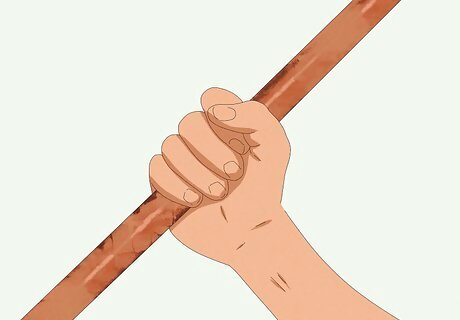
Grip the spear. Use a full grip on the balancing point of the spear. Use your fingers to grasp the shaft of the spear while your thumb rides along the bottom. You could also use your thumb to grasp the shaft as well. It is a matter of preferences.
Throwing a Spear
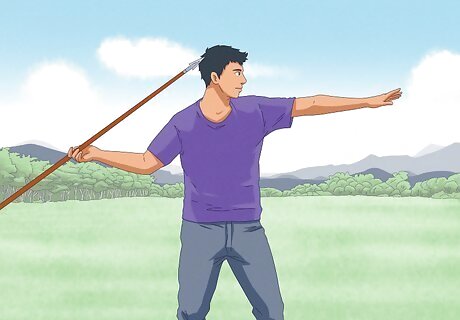
Aim your throw. Once you’ve established the balance point and a comfortable grip, you’re ready to throw. Hold the spear up to your ear so it is parallel with the ground. This will allow you to align your sight with the tip of the spear.
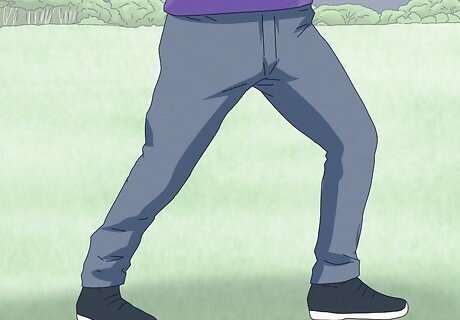
Prepare your footing. Take one step towards the target in order to gain momentum for your throw. Face slightly sideways from the target with your spear held in your dominant hand.
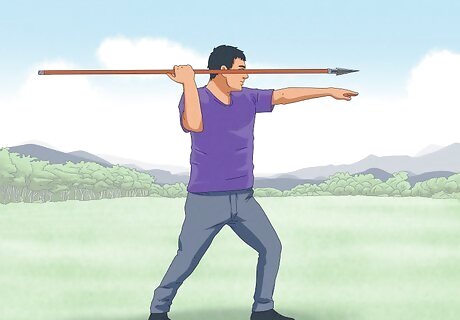
Create the T-stance. The T-stance is a martial arts stance where your body resembles the letter "T." If you are right-handed, the left foot should be positioned towards the target. If you are left-handed, the right foot should be positions towards the target. Keep your feet about shoulder-length apart. Your knees should be loose and bent slightly. Use your other arm to keep you steady.
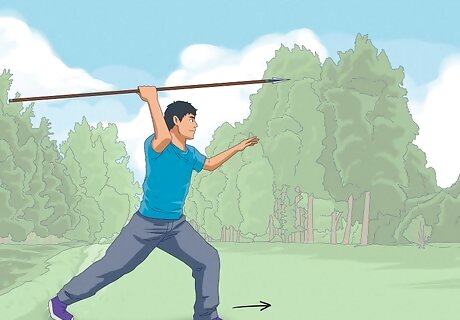
Run to generate speed. There are three areas to focus on during your throw: speed, angle and height. When achieved your spear will sling from the combined effort of your body, as opposed to just throwing it with your am. You can generate a proper speed by running a few steps before releasing the spear. After generating speed, pull your throwing arm back with your hand a bit higher than your shoulder's height.
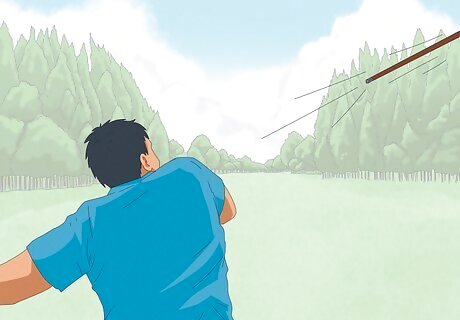
Throw the spear. The spear must move from behind your head to the release point in a straight line. Keep the spear’s shaft close to your body at all times during the throw. Twist forward with your hips and launch the spear forward at the same time. You should feel your throwing shoulder drop and your opposite hand go out behind you. Take one side-step forward to increase the momentum of the spear's impact. As you throw, turn your body slightly sideways to create a release angle that will benefit the "sling" of your spear. The height of your release should be slightly above your shoulders.
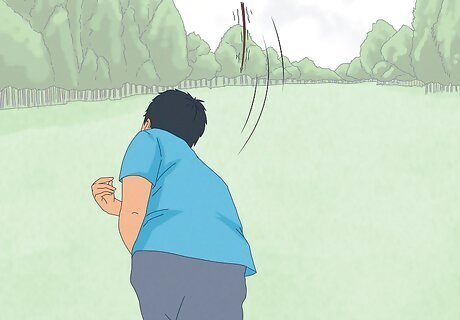
Follow through on your throw. A powerful throw is nothing without a proper follow through. Allow your body to react to throwing the spear. Don’t over exaggerate anything and compromise the straight line of flight for your spear. The proper follow through will increase the accuracy of your throw.
Practicing Safety During Your Throw
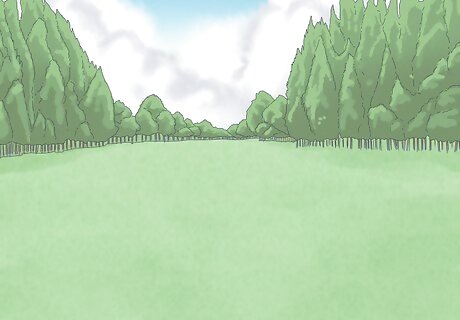
Choose your range. Be sure there is no chance of people, cars, domestic animals, or the like that can enter into your practice area. Choose somewhere in the wilderness away from people to avoid any mistakes. Be sure there is no property nearby that could be damaged like windows, cars, pool sides, or the like. etc.
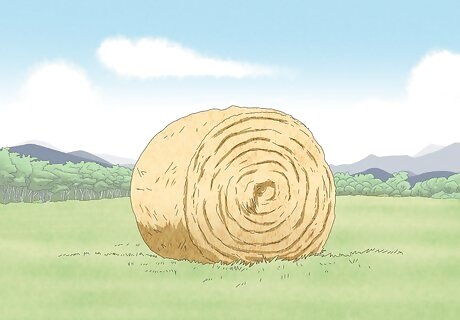
Choose a suitable target. Generally, select a soft target to avoid damaging your spear. This also avoids a ricochet. Wooden targets should be saved until you have gotten the hang of throwing a powerful throw. Good targets include: Hay bales Commercial targets (although these are usually designed for firearms or archery). Soft earth. A grassy lawn is good for practicing throwing techniques for distance.
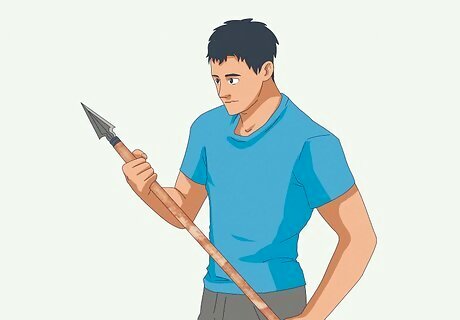
Treat the spear with respect. Like any weapon, you must treat this spear as a force to be reckoned with. If you play around with the spear and aren’t careful, you could jeopardize somebody’s life.
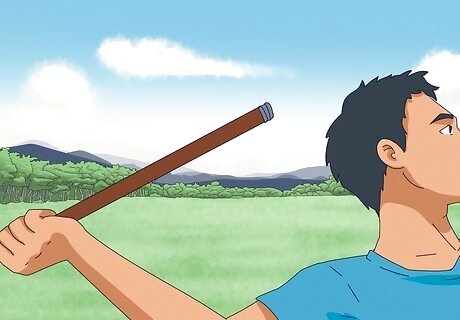
Practice without spearheads. If you bought spearheads to be attached to the shaft or have a similar object around, practice with it. You can still find the balance point and practice your stance without the sharp edge. Like the regular spear, you should also take care in handling your practice spear. Look for rubber tipped spearheads for an authentic feel and throw. A spear without an edge can still harm others or damage property. The spear works mainly on concentrated force, and while the spearhead facilitates damage, it will certainly do damage without it. A spear without a spearhead is still a spear. It is not safe, or disarmed.
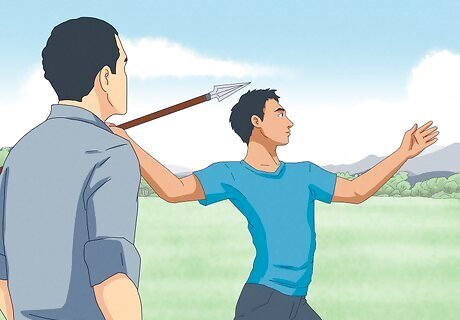
Find a mentor. Some people learn better with a knowledgeable guide. Although it sounds simple, throwing a spear properly takes skill, technique, a knowledge of your materials, and safety procedures. The spear throwing community is small so look into Renaissance festivals and cosplay groups. Some colleges may have anthropologists who have studied various primitive techniques as well. You can learn on your own as well. But this will usually involve a lot of trial and error and bad technique can be hard to "un-learn".
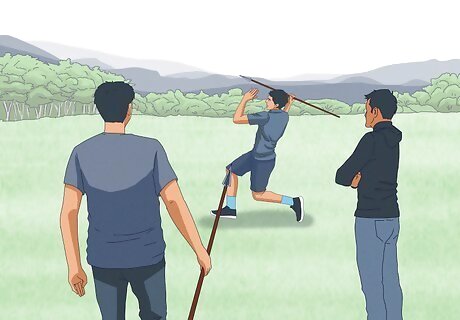
Join a javelin program. Many schools have javelin throwers as part of their track and field team. Throwing a javelin is similar to throwing a spear. Joining a javelin team will train you for competitive throwing. There are even programs and associations for various track and field events created for adults, or those outside of school. Javelin training will prepare you for the spear throwing stances, grips, and other tactics.


















Comments
0 comment